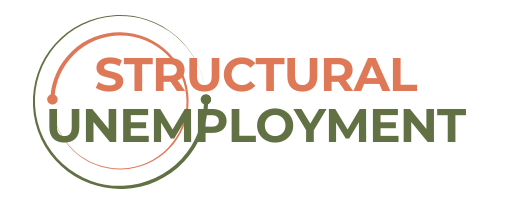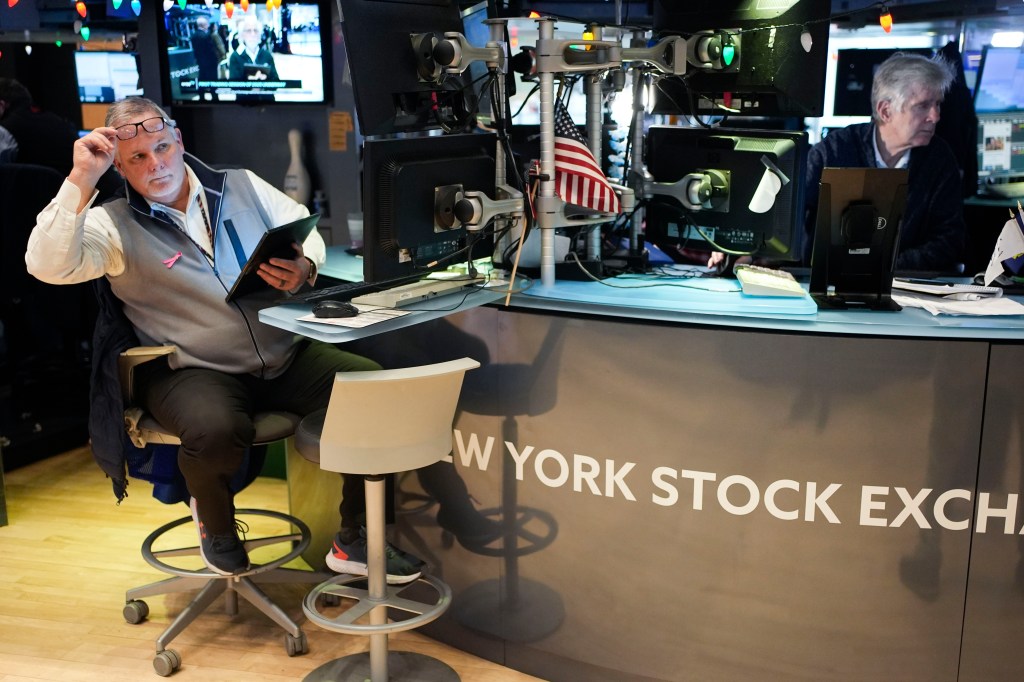The volatility trading fund, Dynamic Alpha, managed by Seattle-based Lattice Capital, had been consistently clocking returns of 16 percent annually since its launch in May 2016. The fund was outperforming most of its larger competitors by focusing exclusively on the S&P 500.
The argument for trading only a single asset — as opposed to a basket of indices — was convincing: To capture the regular market inefficiencies in the highly liquid S&P 500 Index options market. The manager believed it would have far greater sensitivity to the pulse and risks of this familiar asset, especially when compared to less frequently traded indices.
After the fund racked up five years of performance to qualify for this survey, it earned the 21st spot in 2022. The fund then proceeded to inch up in each subsequent annual survey to 15th in 2023 and then 14th in this year’s report.
But the $700 million fund had an Achilles Heel, which management was always clear about: the highly unlikely scenario of soaring short-term market volatility without a major market selloff.
That’s exactly what happened in early August. Problems started after the Japanese Central Bank decided to counter rising inflation and nudge up interest rates by just 15 basis points, which pushed overnight rates to 25 bps.
This triggered massive unwinding of Yen carry-trades which then expanded well into U.S. equities. Stocks started selling off, followed by a misread of a single monthly unemployment rate that cast doubt about the strength of the U.S. economy.
A panic ensued and intraday S&P volatility spiked above 65, and over several days the S&P lost 6 percent.
All this came to a head when management saw option chain pricing of the S&P 500 break down. The normal bid-ask spread of around $1 soared to an inexplicable $180 in pre-market trading on Monday, August 5th. A contributing factor, according to a source familiar with options trading, was major market makers that had significantly pulled back, reducing liquidity, hampering pricing, and exaggerating the chaos.
According to the source, having lost more than 20 percent, the fund’s management was laser-focused on the red it was seeing on its screens and lost faith that the market would promptly refocus on the strong prevailing macro conditions to avert more catastrophic losses.
Had it done so, according to the source familiar with the fund, Dynamic Alpha would likely have been profitable in August, adding to its year-to-date gains through July of more than 7 percent.
Instead, management, which owned a significant amount of the fund, decided to shut it down.
In doing so, it compounded existing losses, failing to benefit from the recovery that started just a few days later. By the time the fund had fully liquidated its positions, August losses cascaded to 40 percent.
Dynamic Alpha did not gate or suspend the fund — it offered full redemptions.
The manager then launched a new, less levered version of the fund with lower targeted returns. A large majority of investors opted for the new fund, with the high watermark of the closed fund maintained.
There are basic parallels between Long Term Capital Management and Dynamic Alpha: Sound strategies that were stressed by flawed execution during extreme conditions.
For Dynamic Alpha, there was a low probability tail risk that there would be a severe decoupling between the VIX and the market. But the tail risk was always there. And it was unclear whether the LTCM and Dynamic Alpha teams had gamed out multiple scenarios to deal with this worst-case risk.
The takeaway: if there is a weakness in any strategy, despite the remoteness of it happening, push managers to see if they have developed a variety of robust responses — short of shutting down.




